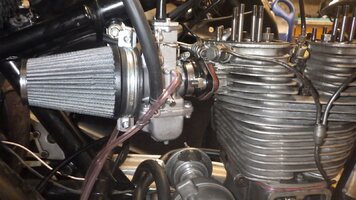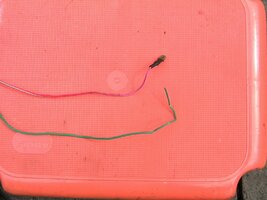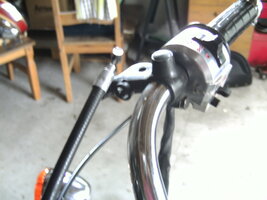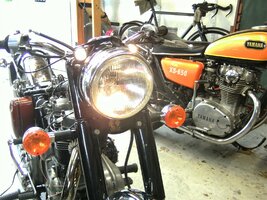Hi RaymondFor cold starts, my routine now is, key OFF, push choke lever down, throttle shut, two or three kicks to prime the engine, choke lever up, key ON, small amount of throttle, starts first kick nearly every time. Once the bike is warm, starts first kick without the rigmarôle.
Today, I was sure the carb moved as I pushed the choke. And again as I pulled it off. Yup, the carb has loosened off - might even explain why there's been more popping & banging on decel.
View attachment 246626
The manifold is just a short length of rubber tube - as well as engine vibration its got to cope with the carb wobbling about as we go over those well-maintained Borders potholes. Tightened the two manifold clamps - they were quite loose.
Took a run out to Bonchester Bridge to buy some fasteners for the XS - the wee Bullet seems to be running fine, think there was less back firing.
As for any bike with self-dismantling tendencies, will have to add another routine - regular end-to-end check & tighten fasteners.
All good fun though.
You could get a metal inlet tube fabricated?
Ads.





